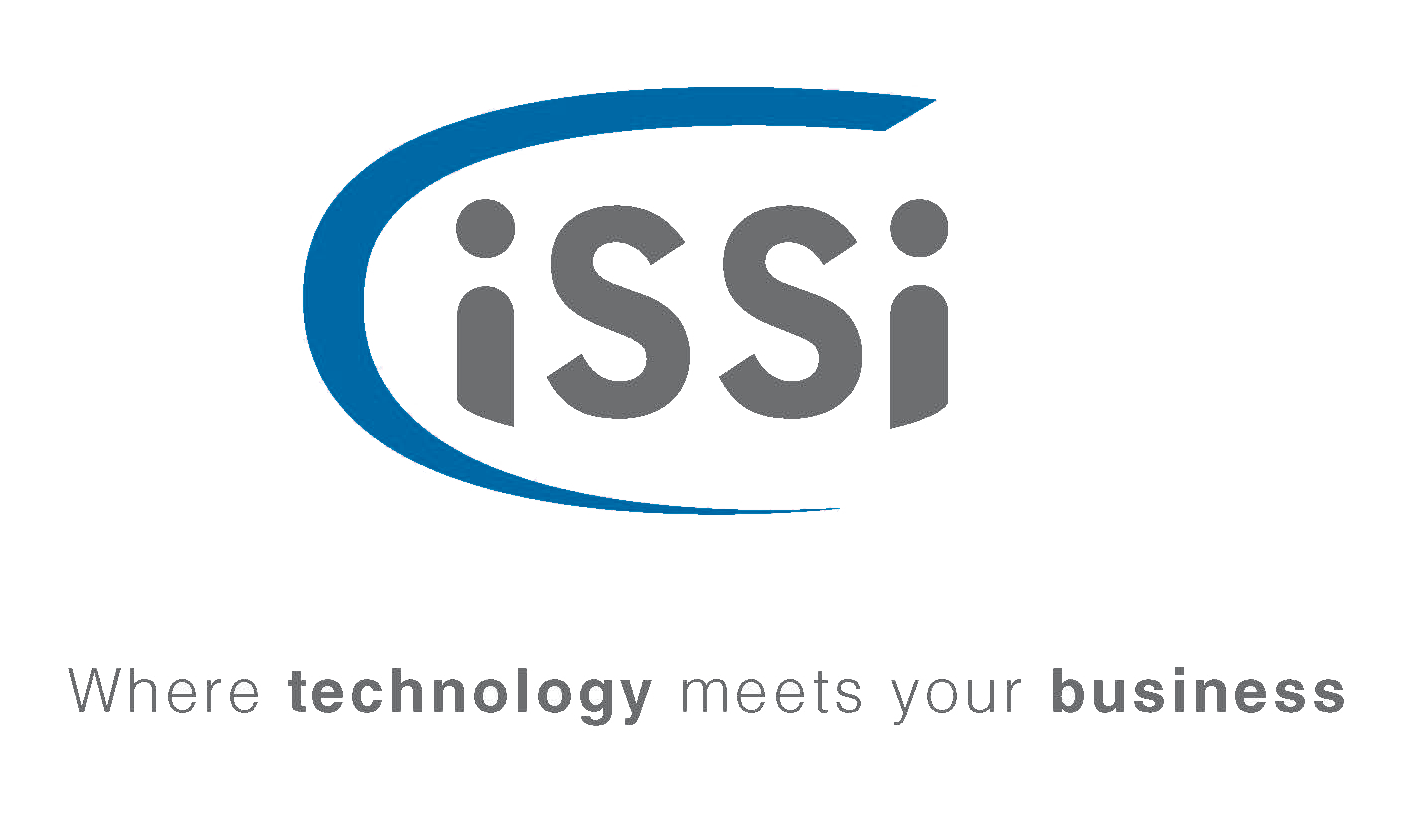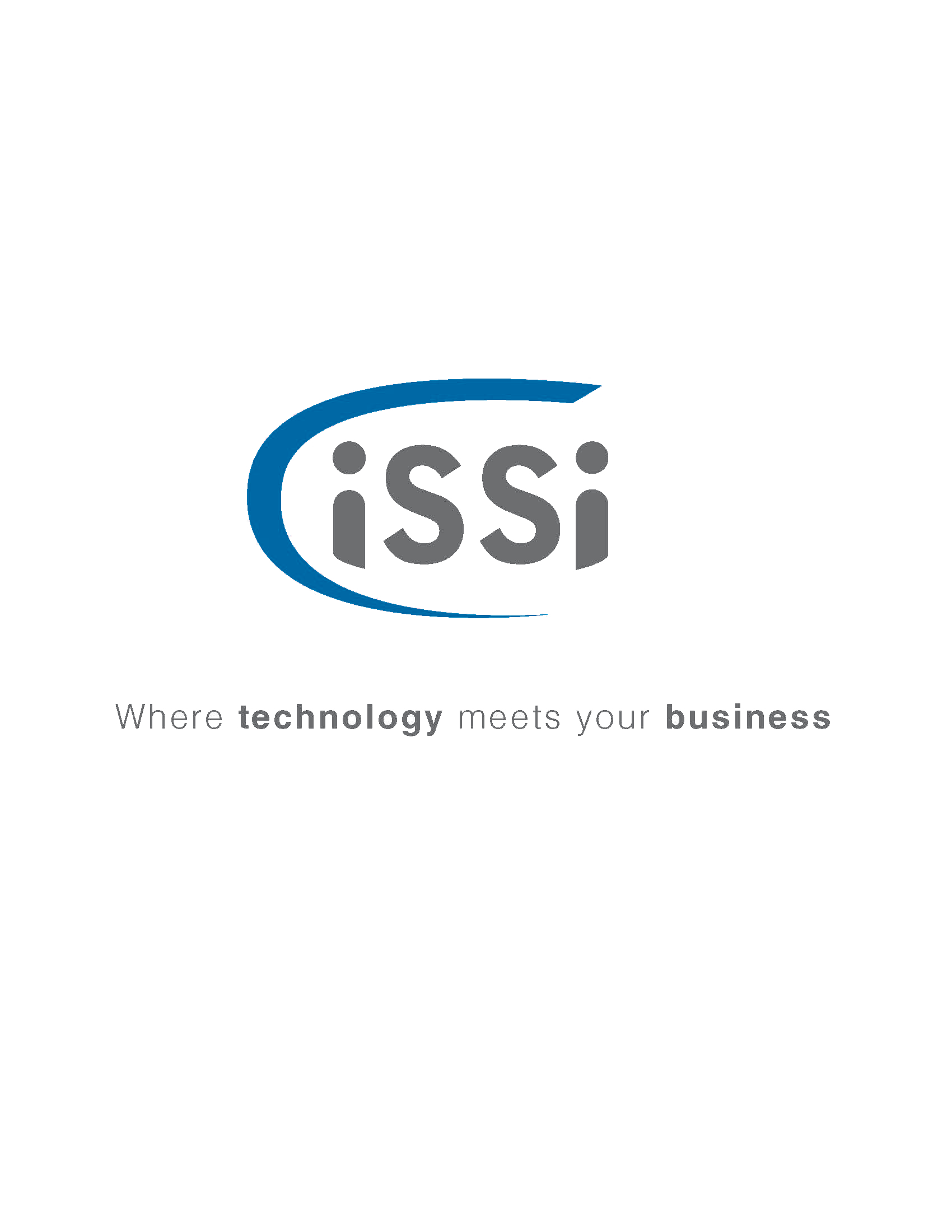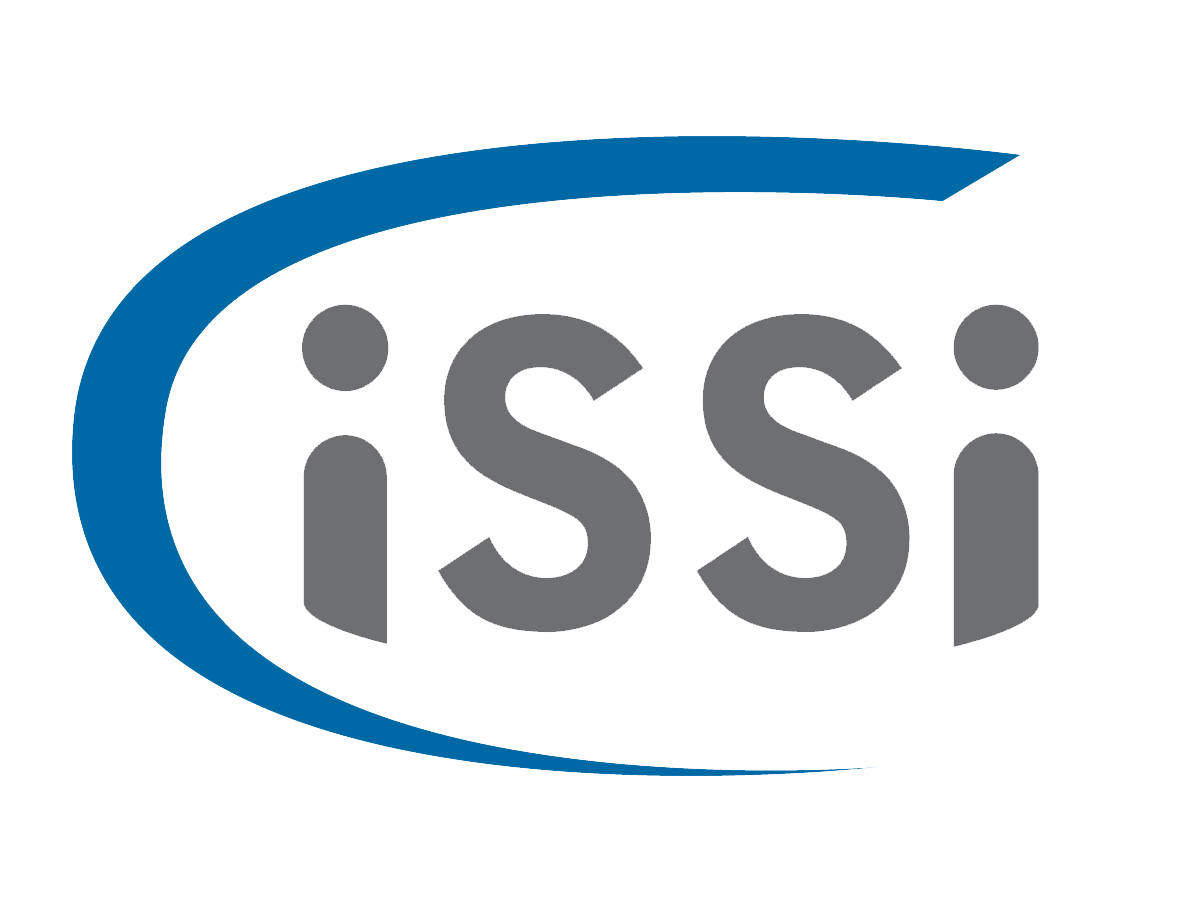Migrating to S/4HANA from regular SAP ERP
Migrating from SAP ERP to SAP S/4HANA has been a hot topic in the world of technology as of late. Although existing users of SAP ERP have until 2025 to make the shift, many organizations are already planning for their migration and taking steps to implement S/4HANA.
While the move to SAP S/4HANA may seem complicated, the benefits of this new generation of SAP Business Suite are immense. This version marks a move away from the former transaction-based systems, which only served to maintain data records, to a new, real-time solution which collects data from internal and external sources, providing users with active decision support.
The team at iSSi has extensive experience and expertise in platform migrations. We are here to guide you and provide insights and tips to ensure a smooth transition. If you are unsure of how to proceed with your migration to S/4HANA, you may find the three transition scenarios that SAP has laid out to be helpful. These include new implementation, system conversion and landscape transformation.
New Implementation of S/4HANA
A new implementation, also known as the greenfield approach, refers to any organization that is introducing a brand new system independent of the current landscape or environment. You may be an organization that is currently running on an SAP ERP system or you may be new to SAP altogether. With this approach, any data you need from your existing platform will need to be loaded, so it is important to use standard data migration tools and content due to the differences in system architecture. This form of implementation is suitable for new SAP customers or existing SAP Business Suite users who want to start with a clean slate without any of the issues or shortcomings they had to cope with previously.
System Conversion
The second transition scenario is a complete system conversion, which occurs when customers convert to SAP S/4HANA from their existing SAP ERP system, known as a ‘lift & shift’. This scenario is preferred by organizations looking to maintain their existing business processes and minimize the level of disruption. System conversion also allows the opportunity for a gradual transition and can be done in phases over time. This option is only feasible if you will be executing through an on-premise deployment, as system conversion cannot occur on the cloud.
Landscape Transformation
The third scenario defined by SAP is the landscape transformation. This type of migration makes sense for users who have fragmented processes or landscapes and are looking to merge them into one system. Rather than maintaining a number of SAP systems across regions, the organization would consolidate them into one central SAP S/4HANA system.
Regardless of which of the above three approaches you decide is best for your organization, before you begin your migration, it is important to outline a contingency plan that addresses all possible roadblocks and any circumstances that could cause a shift in your plans. Also, as with any significant organizational change, it is important to have a change management strategy in place to help mitigate the transition and ensure it goes as smoothly as possible. Additionally, a proper testing strategy is crucial, in order to work out any bugs and confirm that everything is functioning as planned.
The last piece of advice we have for you when making the change to SAP S/4HANA would be to work with an experienced and dedicated project team. Our SAP Basis specialists bring the expertise and experience to deliver faster, more efficient implementations. We will execute your SAP implementations and upgrades as seamlessly as possible and provide the guidance you need to ensure a successful migration. If you would like our help on this, or require any addition information, please contact us or comment down below.

Sammy Vellani, Senior SAP Consultant
Follow iSSi on LinkedIn
Resources
What is SAP S/4HANA? 13 Questions Answered
How do you Migrate to SAP S/4HANA
Transitioning to SAP S/4 HANA: Choosing your migration option







